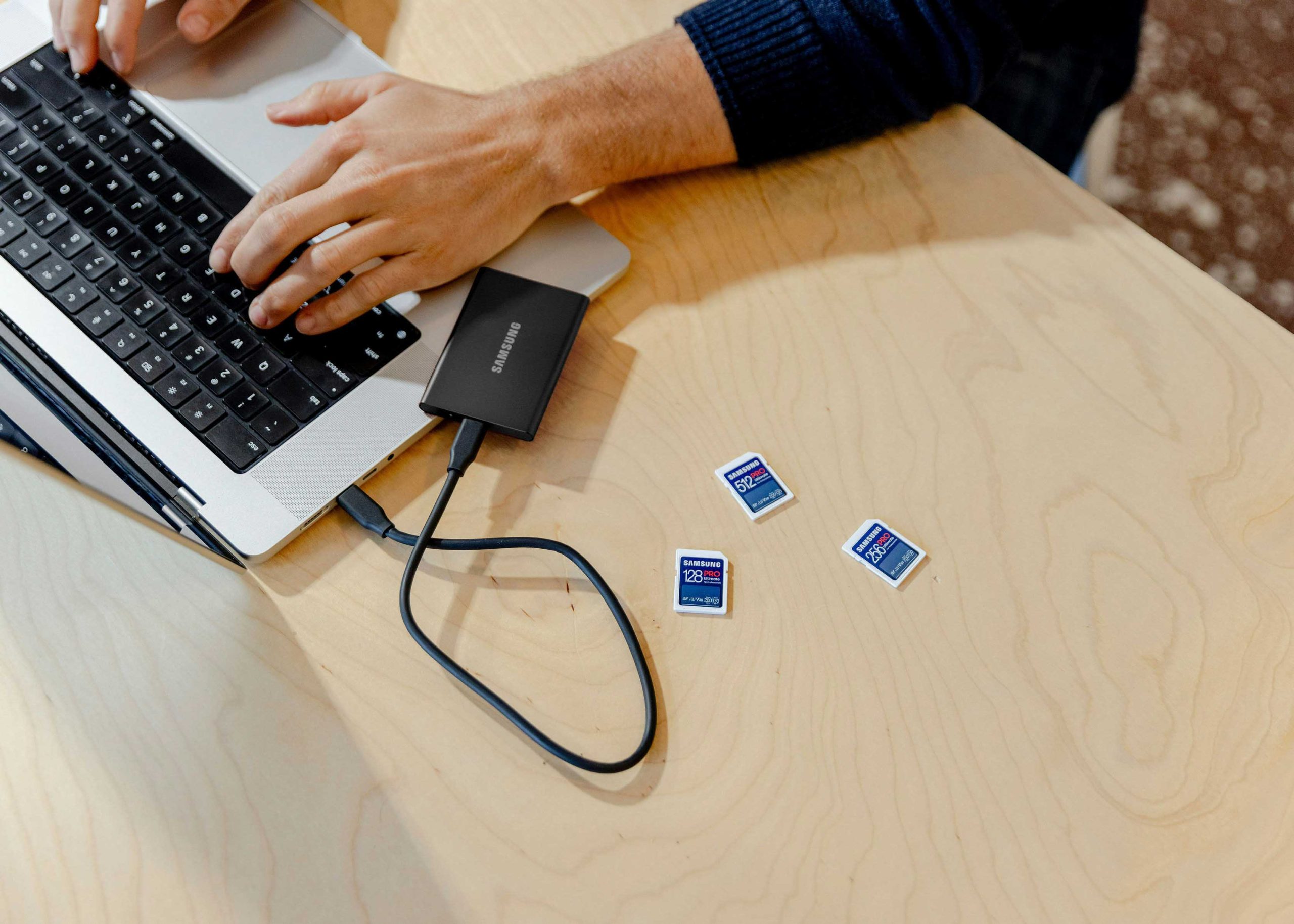As 5G continues to roll out globally, it’s hard to imagine connectivity improving further. However, 6G, expected in the 2030s, promises even faster speeds, near-zero latency, and unprecedented applications across industries. This technology shift is not just about faster downloads; it will redefine how we work, play, and interact.
The 5G Revolution
5G, with its low latency and high speeds, has already revolutionized fields like telemedicine, IoT, and remote work. The smart home, where devices communicate seamlessly, and real-time gaming have been enabled by the power of 5G. Healthcare professionals can conduct remote surgeries, and autonomous vehicles can operate more safely with low-latency, reliable connectivity.
What 6G Will Bring
The leap to 6G is expected to provide speeds up to 100 times faster than 5G, supporting ultra-high-resolution immersive experiences like VR and AR on a massive scale. 6G could be the backbone for a fully connected world where everything from smart cities to environmental monitoring functions autonomously.
Challenges on the Horizon
Despite its promise, 6G faces significant infrastructure challenges. Installing the small cell towers needed to support 5G has already been complex, and 6G will require even denser networks. Security will also be a significant focus, as more devices become vulnerable to cyber threats.
Preparing for the Next Phase
While it’s years away, companies should start preparing now, investing in 5G technology and exploring how 6G can integrate into their strategies. With each new generation of wireless technology, businesses gain more tools to innovate, and individuals can look forward to a more connected, efficient future.







